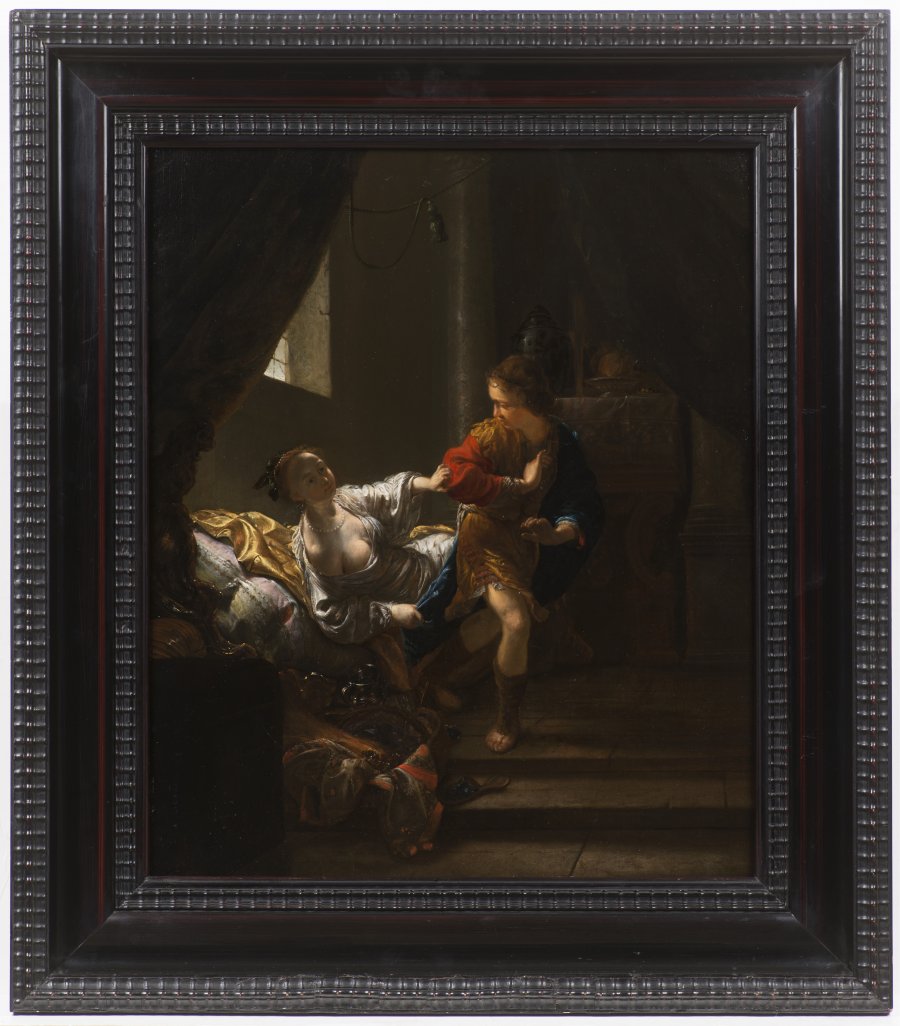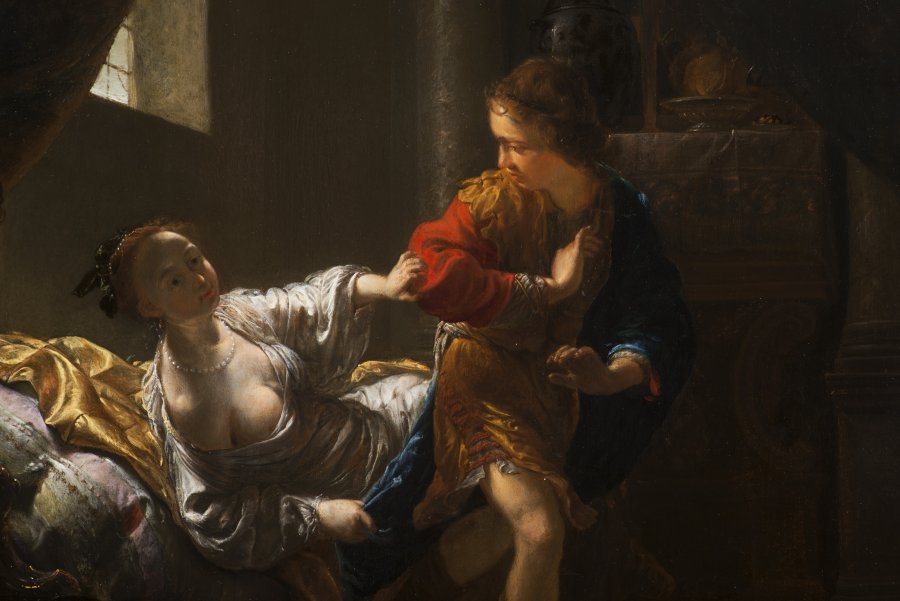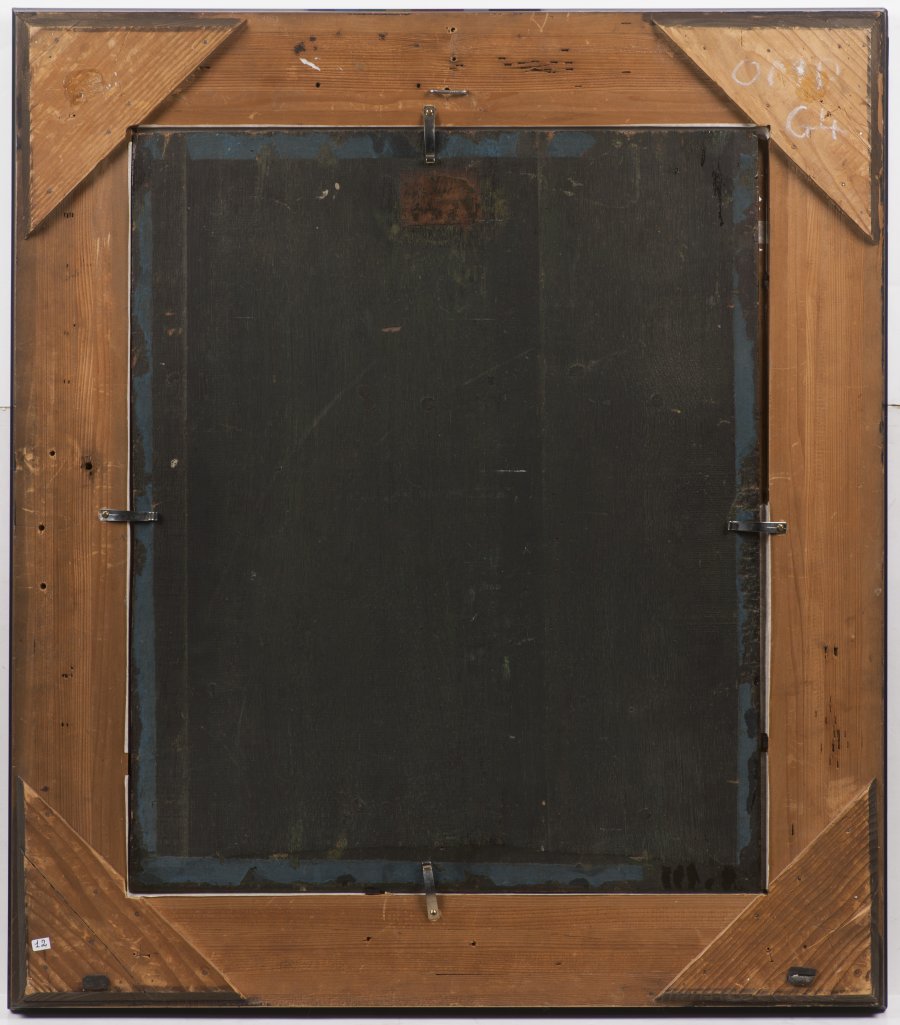1 100 000 CZK
| 44 000 €
Spilberg hailed from Düsseldorf, where he started to study painting under his father, who sent him to Rubens in Antwerp in 1640. But Rubens died that same year, so the young Spilberg continued to Amsterdam. Here he spent seven years studying under Rembrandt's only direct student, Govaert Flinck -- and hence Spilberg is considered a "second generation" student of Rembrandt. After completing his studies, he returned to Düsseldorf, where he worked as a family portrait painter in the court of Philip William, Elector Palatine. Spilberg created his masterpieces likely while still residing in Amsterdam. Large canvases were artistically more interesting, depicting mythological scenes with opulent figural compositions, in which he used bold color and focused on details. Today Spilberg's works are represented in leading galleries around the world. The painting tells the Biblical story of the rejected wife of Potiphar, the pharaoh’s administrator, who entrusted his slave Joseph with overseeing his home. The scene is very lively, with the figures in dynamic, S-shaped movement. The entire atmosphere is rounded out with contrasts between light and shadow, but also the details of individual items in the room. The painter's Dutch training is especially evident in the woman's face. Oil on wood panel.
More works from auction
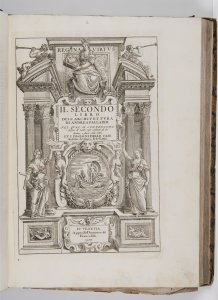
Lot 1 I quattro libri dell'architettura di Andrea Palladio
Starting price25 000 CZK | 1 000 €
Price realized
75 000 CZK | 3 000 €
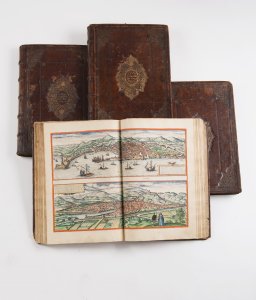
Lot 2 Civitates Orbis Terrarum
Starting price600 000 CZK | 24 000 €
Price realized
1 300 000 CZK | 52 000 €
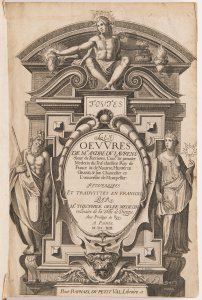
Lot 3 Toutes les oeuvres de Me André Du Laurens
Starting price25 000 CZK | 1 000 €
Price realized
26 000 CZK | 1 040 €
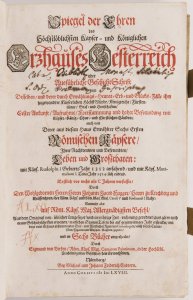
Lot 4 SPIEGEL DER EHREN DES HÖCHSTLÖBLICHEN KAYSER- UND…
Starting price25 000 CZK | 1 000 €
Price realized
25 000 CZK | 1 000 €
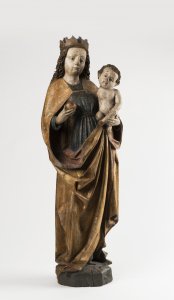
Lot 5 A Gothic Madonna
Starting price380 000 CZK | 15 200 €
Price realized
410 000 CZK | 16 400 €
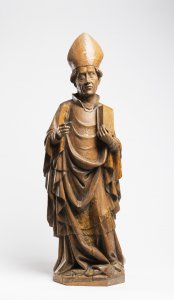
Lot 6 A Late Gothic Statue of a Bishop
Starting price100 000 CZK | 4 000 €
Price realized
100 000 CZK | 4 000 €
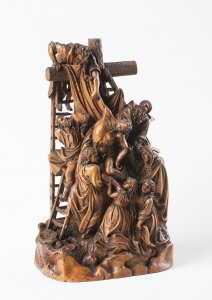
Lot 7 THE DESCENT FROM THE CROSS
Starting price150 000 CZK | 6 000 €
Price realized
180 000 CZK | 7 200 €
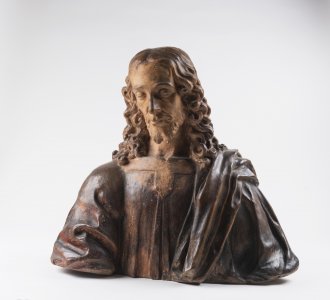
Lot 8 Christ
Starting price480 000 CZK | 19 200 €
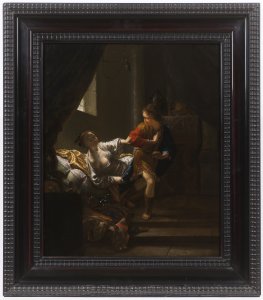
Lot 9 Joseph and Potiphar's Wife
Starting price1 100 000 CZK | 44 000 €

Lot 10 EQUESTRIAN PORTRAIT
Starting price80 000 CZK | 3 200 €
Price realized
140 000 CZK | 5 600 €

Lot 11 A Pair of Horse Statues
Starting price40 000 CZK | 1 600 €
Price realized
65 000 CZK | 2 600 €
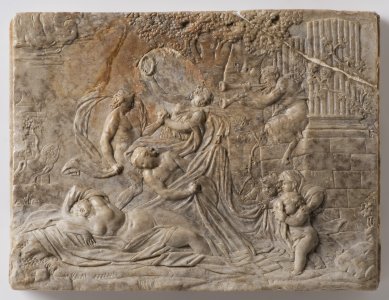
Lot 12 Dreaming Ariadne
Starting price30 000 CZK | 1 200 €
Price realized
70 000 CZK | 2 800 €
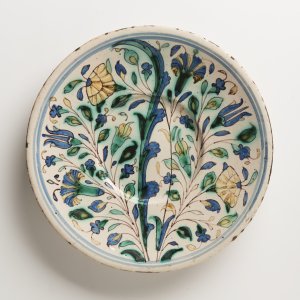
Lot 13 A Ceramic Plate I
Starting price25 000 CZK | 1 000 €
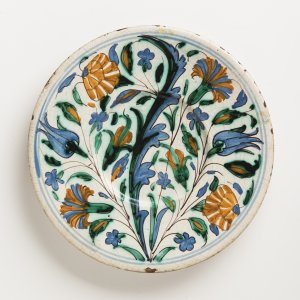
Lot 14 A Ceramic Plate II
Starting price25 000 CZK | 1 000 €
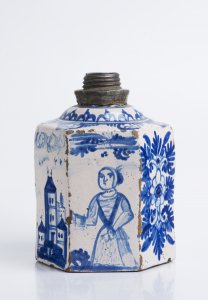
Lot 15 A Habán Bottle
Starting price65 000 CZK | 2 600 €
Price realized
65 000 CZK | 2 600 €
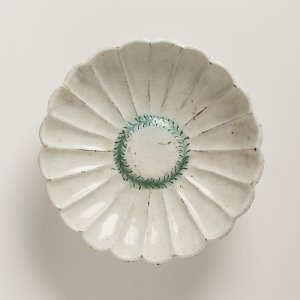
Lot 16 A Habán Bowl
Starting price60 000 CZK | 2 400 €
Price realized
120 000 CZK | 4 800 €
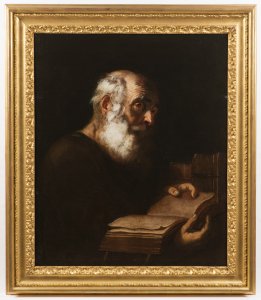
Lot 17 SAINT PETER
Starting price180 000 CZK | 7 200 €
Price realized
180 000 CZK | 7 200 €
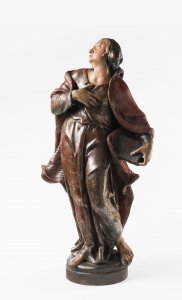
Lot 18 John the Evangelist
Starting price120 000 CZK | 4 800 €
Price realized
130 000 CZK | 5 200 €
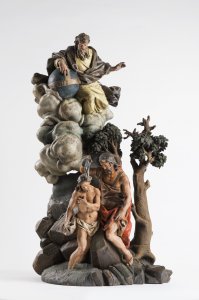
Lot 19 The Baptism of Christ
Starting price470 000 CZK | 18 800 €
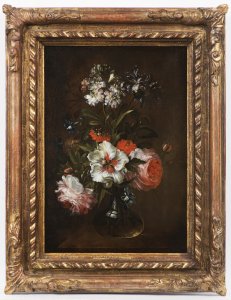
Lot 20 Floral Still Life
Starting price80 000 CZK | 3 200 €
Price realized
95 000 CZK | 3 800 €
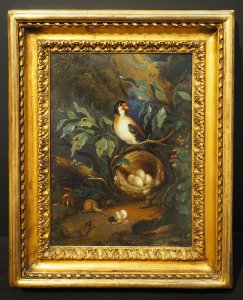
Lot 21 STILL LIFE WITH A GOLDFINCH
Starting price70 000 CZK | 2 800 €
Price realized
100 000 CZK | 4 000 €
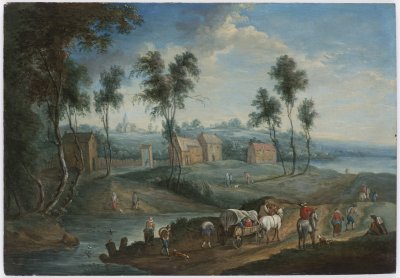
Lot 22 LANDSCAPE WITH FIGURAL STAFFAGE
Starting price95 000 CZK | 3 800 €
Price realized
110 000 CZK | 4 400 €
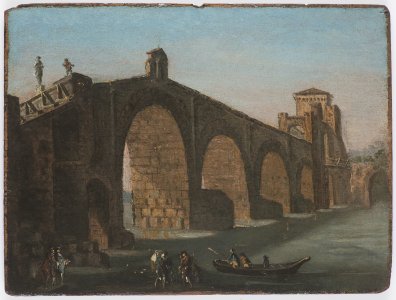
Lot 23 A Pair of Vedute
Starting price180 000 CZK | 7 200 €
Price realized
180 000 CZK | 7 200 €
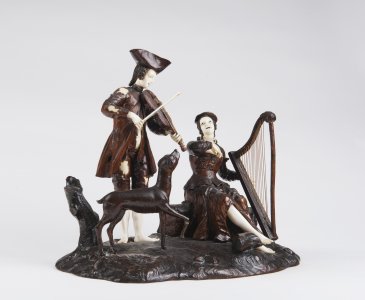
Lot 24 A Musical Gallantry Scene
Starting price160 000 CZK | 6 400 €
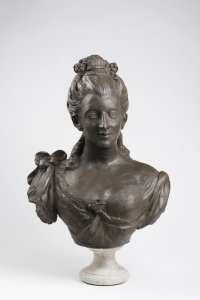
Lot 25 A Bust of a Lady
Starting price80 000 CZK | 3 200 €
Price realized
80 000 CZK | 3 200 €
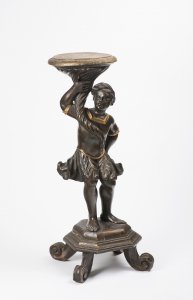
Lot 26 A Baroque Jardinière
Starting price55 000 CZK | 2 200 €
Price realized
55 000 CZK | 2 200 €
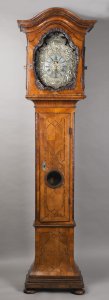
Lot 27 A Baroque Grandfather Clock
Starting price90 000 CZK | 3 600 €
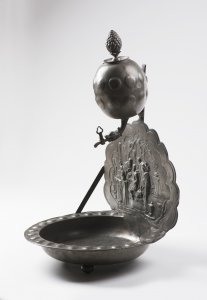
Lot 28 A Baroque Pewter Lavabo
Starting price45 000 CZK | 1 800 €
Price realized
48 000 CZK | 1 920 €
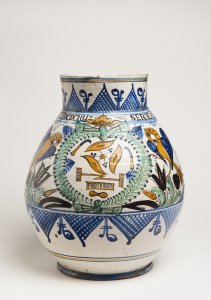
Lot 29 A Post-Habán Guild Pitcher
Starting price70 000 CZK | 2 800 €
Price realized
140 000 CZK | 5 600 €
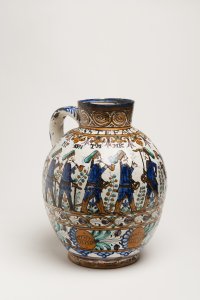
Lot 30 A Post-Habán Pitcher II
Starting price40 000 CZK | 1 600 €
Price realized
55 000 CZK | 2 200 €
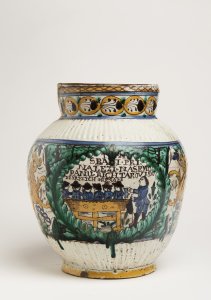
Lot 31 A Post-Habán Pitcher
Starting price40 000 CZK | 1 600 €
Price realized
40 000 CZK | 1 600 €
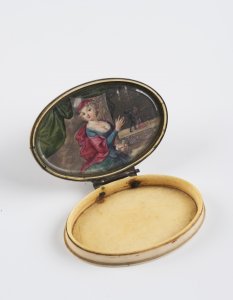
Lot 32 An Ivory with a Miniature Painting
Starting price12 000 CZK | 480 €
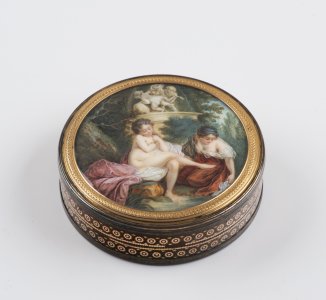
Lot 33 A Box with a Miniature
Starting price15 000 CZK | 600 €
Price realized
31 000 CZK | 1 240 €
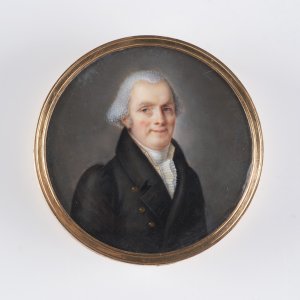
Lot 34 A Tortoiseshell Tobacco Box with a Miniature Painting
Starting price12 000 CZK | 480 €
Price realized
12 000 CZK | 480 €

Lot 35 A Porcelain Box in the Shape of a Drum
Starting price8 000 CZK | 320 €
Price realized
20 000 CZK | 800 €
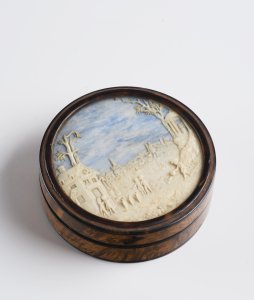
Lot 36 A Tobacco Box with an Ivory Relief
Starting price12 000 CZK | 480 €
Price realized
19 000 CZK | 760 €

